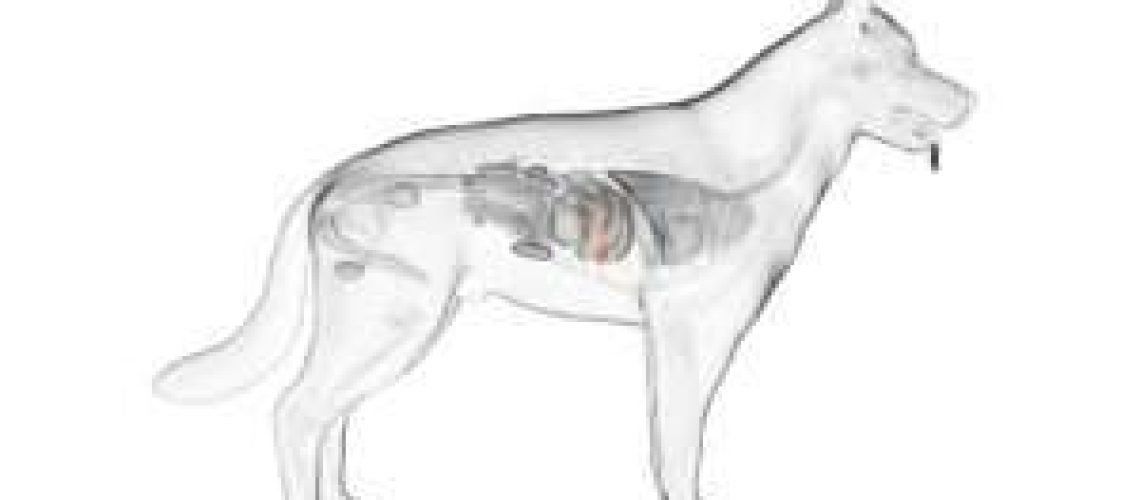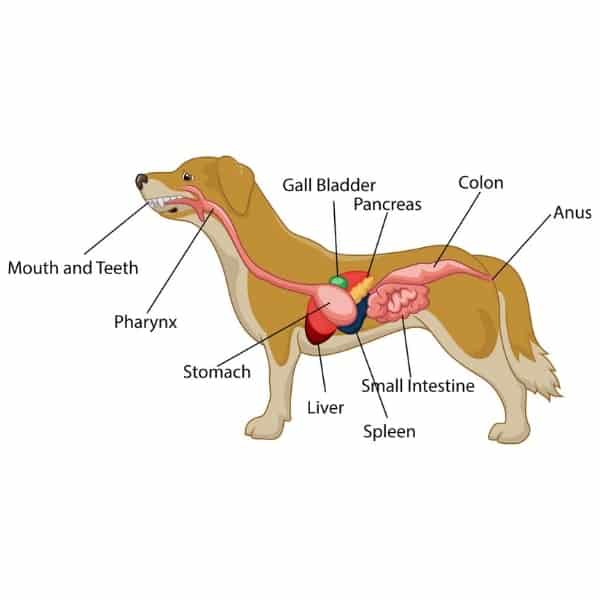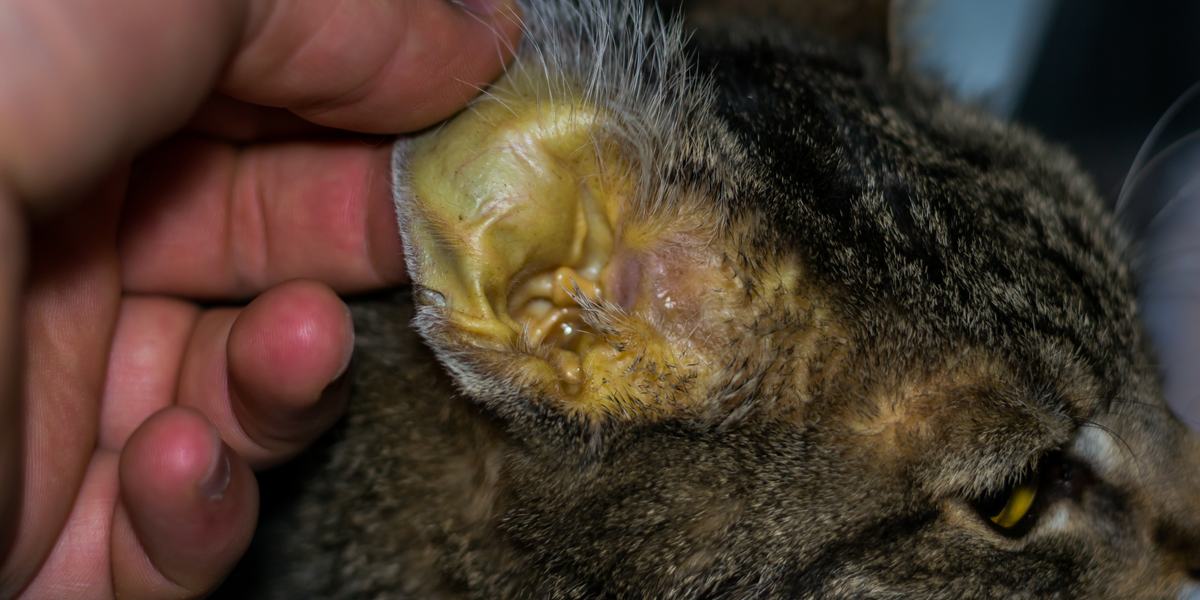Key Takeaways:
- Biliary disease in dogs refers to disorders affecting the bile ducts, gallbladder, and liver.
- Common causes of biliary disease in dogs include infections, parasites, trauma, and certain breeds being predisposed.
- Symptoms of biliary disease may include jaundice (yellowing of the skin and eyes), abdominal pain, vomiting, and loss of appetite.
- Diagnosis of biliary disease typically involves blood tests, imaging studies (such as ultrasound or X-ray), and sometimes a biopsy.
- Treatment options for biliary disease in dogs depend on the underlying cause but may include medications, surgery, or dietary changes.
Introduction:
Are you a dog lover? Do you want to ensure the health and well-being of your furry friend? Then, understanding biliary disease in dogs is essential for you! This captivating topic not only sheds light on a common ailment that affects our canine companions but also empowers us with the knowledge to prevent and treat it. By delving into this subject, you will gain valuable insights into the symptoms, causes, and treatment options of biliary disease, allowing you to provide the best care possible for your beloved pet. So, let's embark on this informative journey together and become knowledgeable advocates for our four-legged friends!
Understanding Biliary Disease in Dogs: Causes and Symptoms
Biliary disease is a condition that affects the liver and bile ducts in dogs. The liver plays an important role in filtering toxins from the body, producing bile to aid in digestion, and storing essential nutrients. When there is a problem with the liver or bile ducts, it can lead to biliary disease.
There are several possible causes of biliary disease in dogs. One common cause is the presence of gallstones, which can block the flow of bile from the liver to the intestines. Other causes include infections, inflammation of the bile ducts, and certain medications or toxins. In some cases, biliary disease may be inherited.
Causes of Biliary Disease in Dogs:
- Gallstones
- Infections
- Inflammation of the bile ducts
- Medications or toxins
- Inherited factors
Symptoms of Biliary Disease in Dogs:
- Jaundice (yellowing of the skin and eyes)
- Lethargy and weakness
- Poor appetite and weight loss
- Vomiting and diarrhea
- Abdominal pain or discomfort
Recognizing the Signs of Biliary Disease in Your Dog
If you suspect that your dog may have biliary disease, it's important to recognize the signs so you can seek veterinary care promptly. One common symptom is jaundice, which causes a yellowing of the skin and eyes. This occurs when there is a buildup of bilirubin, a yellow pigment, in the body.
Other signs of biliary disease include lethargy and weakness, as well as a loss of appetite and weight. Your dog may also experience vomiting and diarrhea, which can further contribute to weight loss. Additionally, some dogs with biliary disease may show signs of abdominal pain or discomfort.
Signs of Biliary Disease in Dogs:
- Jaundice (yellowing of the skin and eyes)
- Lethargy and weakness
- Poor appetite and weight loss
- Vomiting and diarrhea
- Abdominal pain or discomfort
Common Diagnostic Tests for Detecting Biliary Disease in Dogs
In order to diagnose biliary disease in dogs, veterinarians may perform various diagnostic tests. One common test is bloodwork, which can reveal abnormalities in liver function and detect elevated levels of bilirubin. Imaging tests such as ultrasound or X-rays may be used to visualize the liver and bile ducts.
If gallstones are suspected, a procedure called cholecystography may be performed. This involves injecting a contrast dye into the bile ducts to help identify any blockages. In some cases, a biopsy of the liver or bile ducts may be necessary to determine the underlying cause of biliary disease.
Diagnostic Tests for Biliary Disease in Dogs:
- Bloodwork
- Ultrasound or X-rays
- Cholecystography (if gallstones are suspected)
- Liver or bile duct biopsy (in some cases)
Treatment Options for Dogs with Biliary Disease: What You Need to Know
The treatment options for biliary disease in dogs depend on the underlying cause and severity of the condition. In some cases, medication may be prescribed to manage symptoms and reduce inflammation. For dogs with gallstones, surgery may be necessary to remove the stones and restore proper bile flow.
Dietary changes can also play a role in managing biliary disease. Your veterinarian may recommend a special diet that is low in fat and high in nutrients to support liver function. It's important to follow your veterinarian's recommendations closely and provide any prescribed medications as directed.
Treatment Options for Biliary Disease:
- Medication to manage symptoms
- Surgery to remove gallstones
- Dietary changes (low-fat, nutrient-rich diet)
Preventing Biliary Disease in Dogs: Tips to Keep Your Pet Healthy
While not all cases of biliary disease can be prevented, there are steps you can take to help keep your dog healthy and reduce the risk of developing this condition. Regular veterinary check-ups are essential for early detection of any health issues.
Providing a balanced diet that meets your dog's nutritional needs is important for overall health. Avoid feeding your dog fatty or greasy foods, as these can contribute to liver problems. Additionally, make sure your dog has access to fresh water at all times.
Tips for Preventing Biliary Disease:
- Schedule regular veterinary check-ups
- Feed a balanced diet
- Avoid fatty or greasy foods
- Provide fresh water at all times
Recovery Time for Dogs with Biliary Disease: What to Expect
The recovery time for dogs with biliary disease can vary depending on the severity of the condition and the chosen treatment. In some cases, dogs may start showing improvement within a few days of starting treatment. However, it's important to follow your veterinarian's instructions and complete the full course of treatment.
In more severe cases or when surgery is required, the recovery time may be longer. Your veterinarian will provide guidance on post-operative care and any necessary follow-up appointments. It's important to monitor your dog closely during the recovery period and contact your veterinarian if you notice any concerning symptoms.
Recovery Time for Dogs with Biliary Disease:
- Varies depending on severity and treatment
- Improvement may be seen within a few days
- Follow veterinarian's instructions for post-operative care
- Contact veterinarian if concerning symptoms arise
In conclusion, biliary disease in dogs is a serious condition that affects the liver and gallbladder. It can cause symptoms like jaundice and vomiting, and early detection and treatment are important for the dog's health.
How is biliary disease treated in dogs?
Uncomplicated diseases in dogs can be treated with medications, including antibiotics. If gallstones are causing blockage or inflammation of the gallbladder, surgery is required to remove them. In some cases, the gallbladder itself may need to be removed.
What causes biliary disease in dogs?
Pancreatic disease is the leading cause of biliary tract obstruction in dogs. Scar tissue can develop in or around the common bile duct, or the duct can be compressed by fibrotic or inflamed pancreatic tissue, pancreatic cysts, or pancreatic abscesses.
What are the first signs of biliary in dogs?
Symptoms of biliary in dogs typically start with lethargy and a decrease in appetite, which are the first signs noticed by owners. Other common symptoms that owners may observe include pale gums and inner eyelids.
How serious is biliary disease?
When the bile ducts are harmed, bile can accumulate in the liver, resulting in harm to liver cells. This harm can eventually result in liver failure. Primary biliary cholangitis, formerly known as primary biliary cirrhosis, is a long-term condition where the bile ducts in the liver are gradually deteriorated.
Can a dog recover from biliary without treatment?
If proper and timely treatment is not administered, both cases can result in death. The term "Biliary" suggests that some cases may lead to jaundice as a result of liver damage and inability to release bile into the intestines. The disease is caused by a microscopic organism (Fig.)
Can biliary disease be cured?
While there is currently no cure for PBC, there are treatment options available to help slow down the advancement of the disease and alleviate associated symptoms. Medications such as ursodeoxycholic acid (Ursofalk) are commonly prescribed, and for patients who do not respond to this medication, obeticholic acid (not yet available in Australia) and fibrates can be considered as alternative treatments.

















